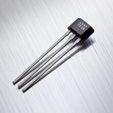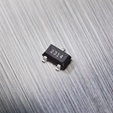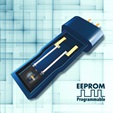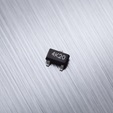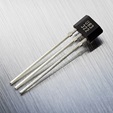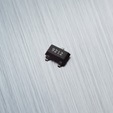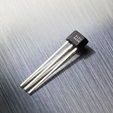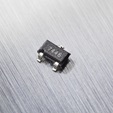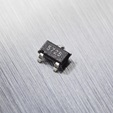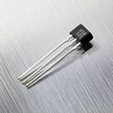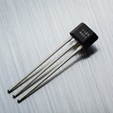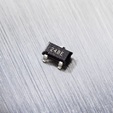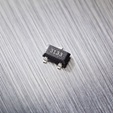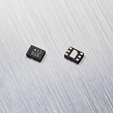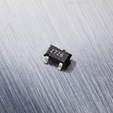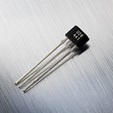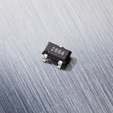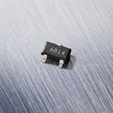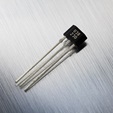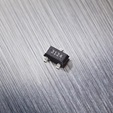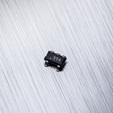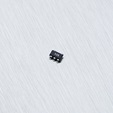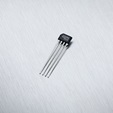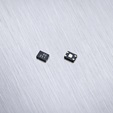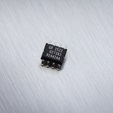Smart and connected starts from Latch & Switch ICs
Compared to mechanical switches, Latch & Switch ICs play a key role in numerous applications. They increase flexibility, reliability, functional safety, repeatability, accuracy and the yield of the final assembly. We explain how they work, the different types and the Melexis portfolio of Latch & Switch ICs.
What are Latch & Switch ICs?
Magnetic Latch & Switch ICs rely on the principles of the Hall-effect to convert the information of a magnet into a digital signal (1 or 0). The output is therefore either On or Off, depending on the applied magnetic field. Through the position of a magnet, Latch & Switch ICs can thus determine the physical position of an object.
Switch principle:
The output changes on a defined threshold.
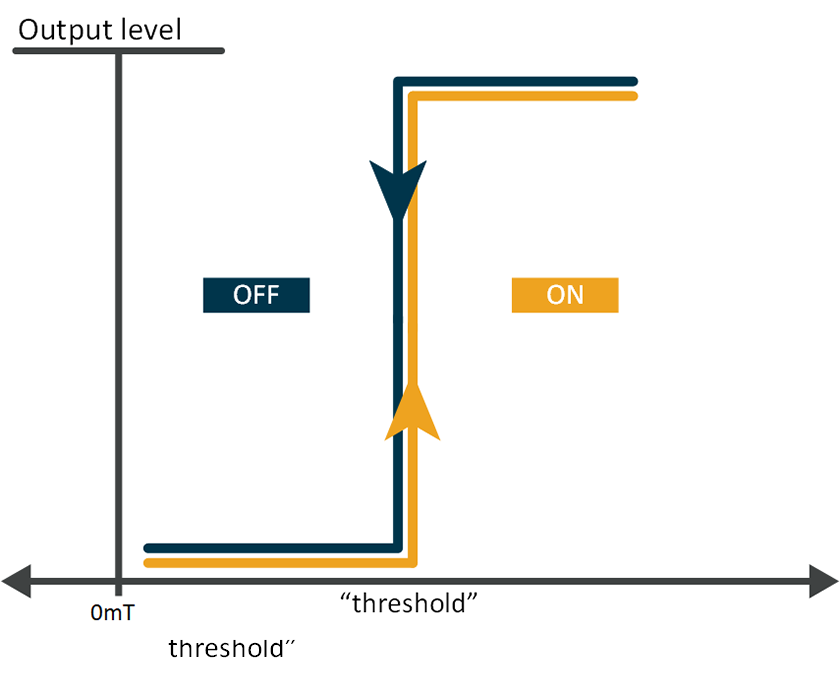
Latch principle:
It is a switch which depends on two opposite thresholds. The output first changes on one defined threshold (e.g. North pole value) and then changes on its opposite threshold (e.g. South pole value). In between these two thresholds the output is locked (it remains unchanged).
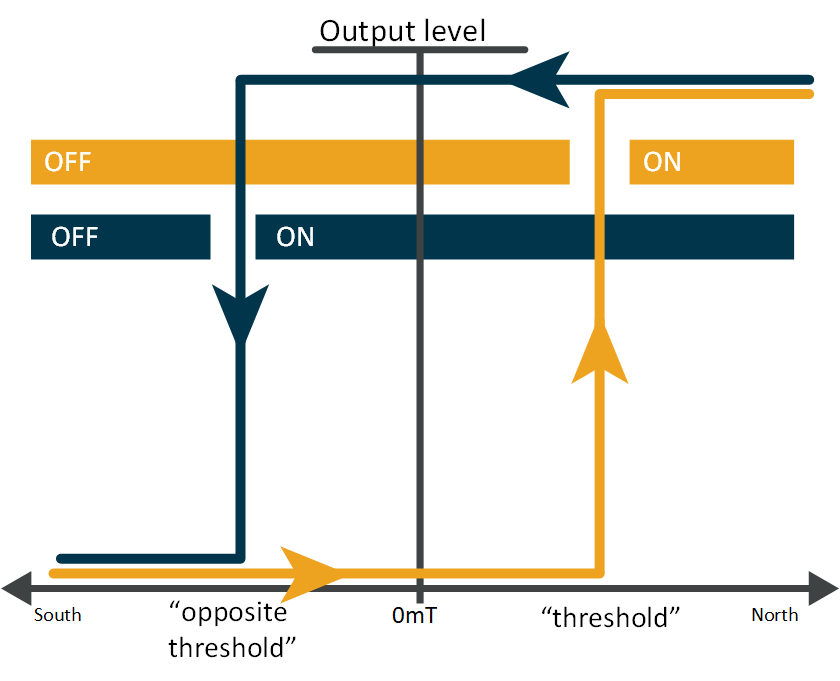
What are the main types of Latch & Switch ICs?
Latch & Switch ICs can be divided into three main categories. For all three, the key parameters are the two switching thresholds: BOP, the magnetic operating point, and BRP, the magnetic release point.
The first category is a Unipolar Switch. This is active in only one field spectrum, which can be either North or South. When the field that is applied is above the BOP threshold, the switch will enable this output. When the magnet is removed, it will go under the BOP threshold and the switch will disable the output. This kind of switch is mainly used for position detection.
The second category is a Bipolar Switch, also known as a Latch. A Latch is activated in one field spectrum and deactivated when the opposite field is applied. In this case, BOP defines when the output driver will be active (On), while BRP defines when the output driver will be inactive (Off). A Latch is normally used for brushless DC commutation for PLC motors or index counting for DC motors.
The third category is an Omnipolar Switch which has the same capabilities as the Bipolar Switch but can attract both field spectrums at the same time. In other words they are active in both the North and South fields, and are used to detect a change in both spectrums.

Where are Latch & Switch ICs used?
Latch & Switch ICs are used everywhere, and simplify our lives in all sorts of devices. These on-off switching devices are very common in automotive applications such as braking, shifter applications, door locks and seat belts. In e-bikes they are used in pedal assists, speedometers, and motor commutation, while in e-motor bikes they are also used for the controller trigger.
At home, Latch & Switch devices are found in various smart appliances. They ensure the door of a washing machine is closed; in a coffee machine to indicate water level and water flow rate; in a printer to detect paper load and whether the lid is open or closed; and in various power tools (motor commutation, position detector…).
Other applications include smart buildings (HVAC motor commutation); robotics (open/closed detection, brushless DC motor commutation, end-position detection…); energy management (door open/closed detection…); and digital health (health machine motor commutation, thermometer waterproof switch…).

Selecting the correct output functionality
To select the right Latch & Switch IC for a particular application, it’s first necessary to choose the correct output functionality. This depends on the module and the number of wires used to connect with another system. The standards are 2-, 3- or 4-wire. This means that you can choose between a 2-wire sensor in which the output is visible on the supply current; a 3-wire sensor with an open drain output; and a 4-wire sensor which is outputting two signals: speed (or pulse) and direction.
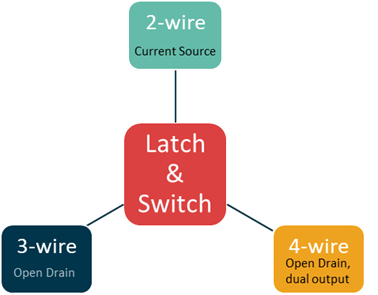
There is also the option to have the output type as push-pull rather than open drain in some consumer applications. This further simplifies module assembly by removing an extra component on the outside (a pull-up resistor).
2-wire
These are commonly used in remote sensor applications. Their main advantage is that they can replace 2-wire mechanical switches while still keeping the same wire harness. The current of the IC is used to identify if the sensor has reached its operating or release point.
As per industry standard:
- IDD_LO is the current that is drawn when the magnetic field is equal or lower than BRP. Two values can be applicable: typically 3.3 mA or 6 mA, depending on the selected sensor.
- IDD_HI is the current consumed by the part when the BOP point has been reached. This value is typically 14 mA.
The current levels are maintained over the full VDD range, which ensures a stable read-out even when some fluctuations occur. A sense resistor RSENSE is placed in the loop which converts the current output into a logical input for the Electronic Control Unit.
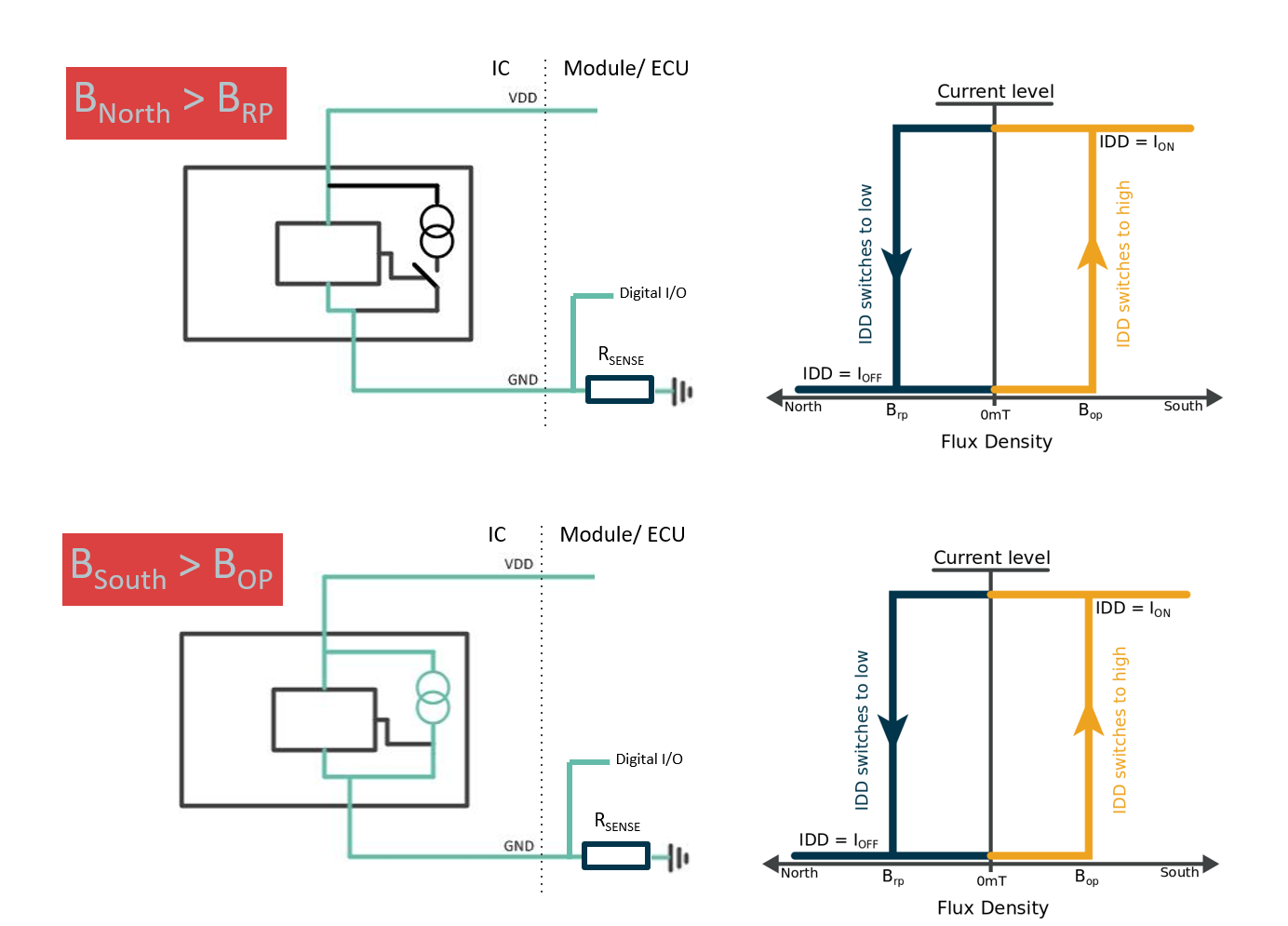
3-wire
These are equipped with an open drain output. For 3-wire a resistive load has to be connected to the VDD line. Typical loads are between 10 kΩ and 100 kΩ. The load can be connected on the module or at the Electronic Control Unit side. The output will be close to 0 V when the BOP point is reached. In this case the output will be disabled and connected to the VDD level through the pull-up resistor.
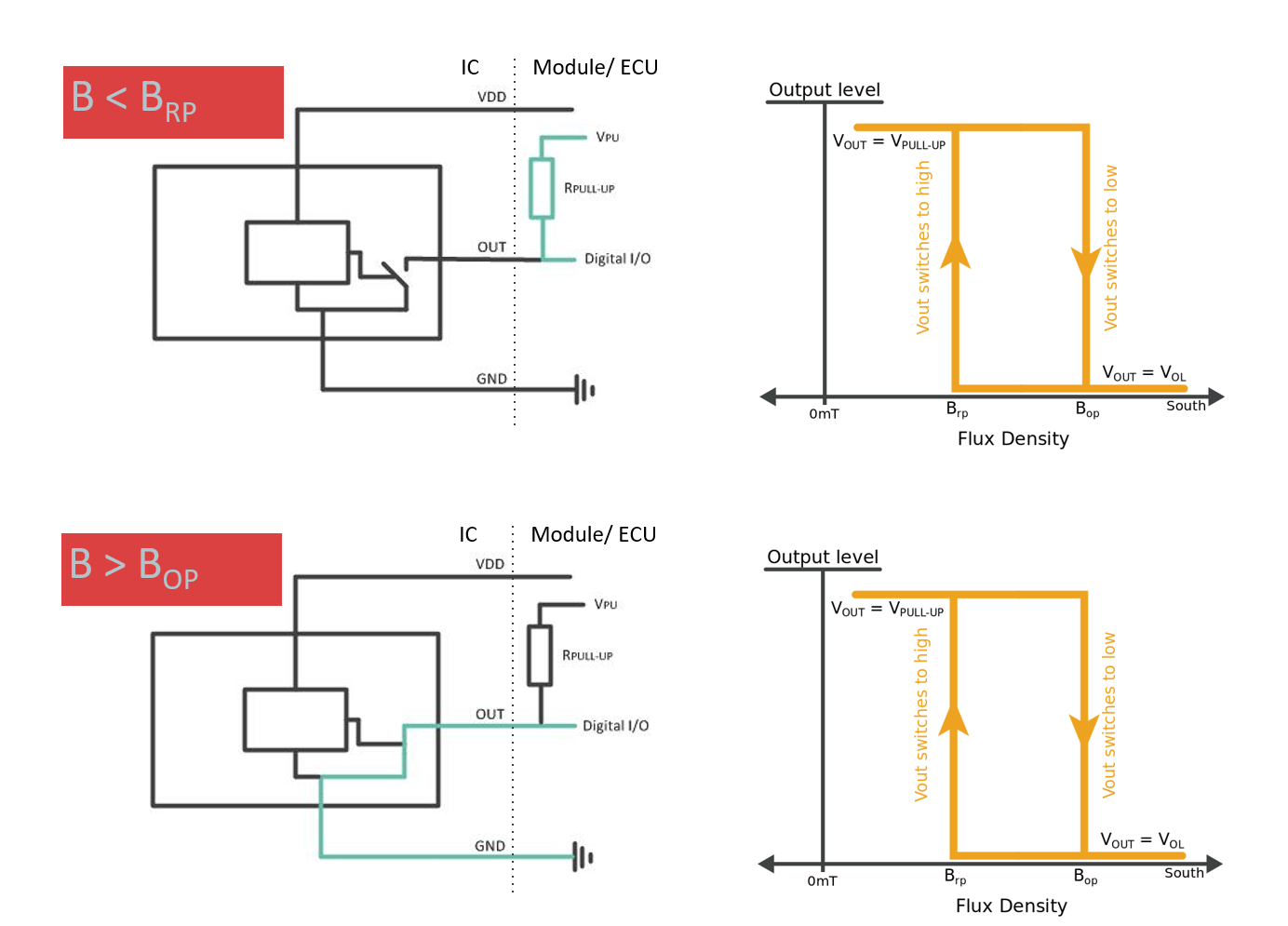
4-wire
These output two signals: speed (or pulse) and direction. Speed refers to the normal behavior of the latch sensor while the direction output is indicating clockwise or anticlockwise rotation. These ICs are equipped with two Hall elements ensuring a fixed width between the plates by usage of CMOS processing.
With latching magnetic characteristics, the speed (SP) output is turned low or high with respectively a sufficiently strong South or North pole facing the package top side. When the magnetic field is removed, the device keeps its previous state.
The direction (DIR) output is latched in Low or High state depending on the movement direction of the applied magnetic field, as a result of a certain magnetic pulse sequence on both Hall plates.
What makes Melexis Latch & Switch ICs unique?
Lateral sensing option
Lateral sensing enables speed sensing with a simple switch for back-biased applications such as a motorcycle wheel speed sensor. Lateral sensing also enables Surface Mount Device (SMD) solutions which normally require a traditional through-hole component. It benefits from reflow soldering compare to other solutions. Typical applications are blowers, cooling fans and pumps.
Lateral sensing also enables a smaller motor design thanks to the resulting flexibility in the magnetic design, which is pitch independent. Typical applications are window lifts and sunroofs in the automotive industry.
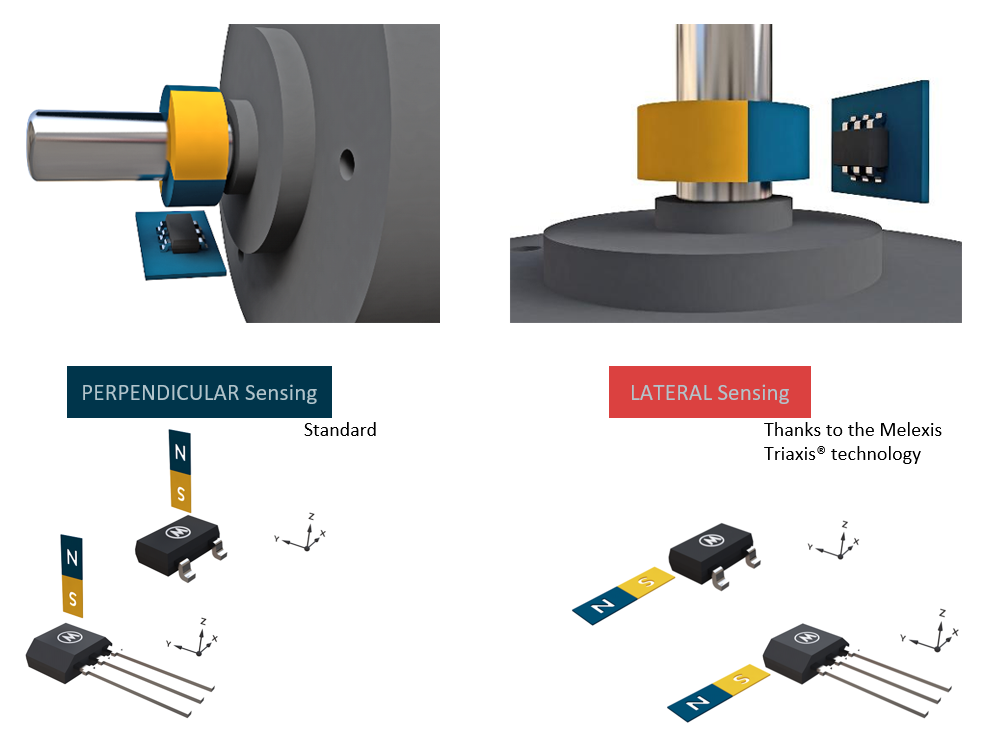
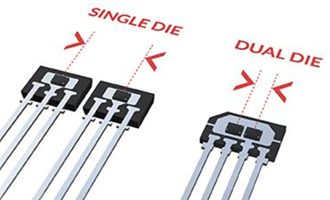
Dual die option
A dual die option involves two independent outputs through the provision of a second programmable/preset output. The resulting increased functionality leads to applications including inverted output, alarm detection, and loss of field detection. It also leads to smaller PCB design. Typical applications include shifters, e-latches and window lifts.
Micropower option
The “micropower” feature makes the sensor especially suitable for battery-powered devices, as it combines low voltage operation with low current consumption. By using a sleep/awake strategy managed internally, the power consumption is drastically reduced. A typical application is a safe’s door lock.
Programmable option
With customer programmable Latch & Switch ICs, anything is possible. BRP and BOP can be adapted to the application. Direct programming leads to high flexibility and accuracy.
TC option
TC, Thermal Compensation, is a critical parameter for certain applications because different types of magnet (ferrite, neodymium…) behave differently over temperature. It is therefore important to choose an IC with the right TC, or with a programmable TC.
Floating switch option
With an isolated output (SOI technology), floating switches only require power to directly drive the load. Typical applications are fluid-level meter applications, push-button and direct-load driving. Floating switch ICs can also directly replace mechanical reed switches.
Automotive Safety Integrity Level (ASIL) qualified option
ASIL-ready ICs are designed in compliance to ISO 26262. They are intended for automotive safety applications such as seat belt buckles.
Different magnetic concepts for different applications
Latch & Switch ICs from Melexis support a wide variety of applications. The major ones are described below. The optimal result is achieved by selecting the most appropriate sensor for an application by carefully considering the magnetic concept that can be applied into the design.
Slide-by
A slide-by switch works only in one spectrum of the magnetic field. In the example below, the South field has been selected. The maximum field will be achieved when the magnet is directly in front of the IC. Any movement in a direction parallel to the IC will reduce the magnetic signal. In this configuration a Unipolar sensor is recommended.
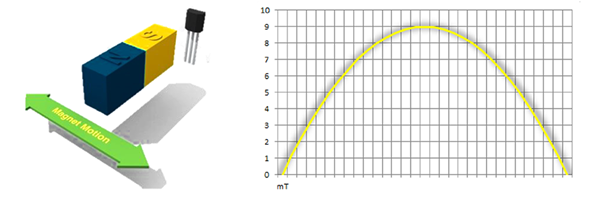
Slide-by applications
Heads-on proximity
A proximity switch also works in just one spectrum of the magnetic field. In the example below, the maximum field will be achieved when the magnet is as close as possible to the IC. Any movement of the magnet towards the IC will increase the magnetic signal. For this configuration, a Unipolar switch should be appropriate.

Heads-on proximity applications
Rotating encoder magnet
Disk magnets are commonly used in index counting applications. The sensor will be enabled with a South pole and disabled with a North pole. The sensor will toggle twice for each magnetic pole pair. For these configurations, Latch ICs are the best choice as they are operating and releasing with the opposite field. A direction sensor can be an advantage in case the direction information is requested.

Rotating encoder magnet applications
Vane interrupt
A ferrous vane can be used to interrupt the magnetic signal. This vane will deflect the magnetic flux and trigger the output of the sensor. A small field might still be applied to the sensor. For these applications a Unipolar sensor is preferred.
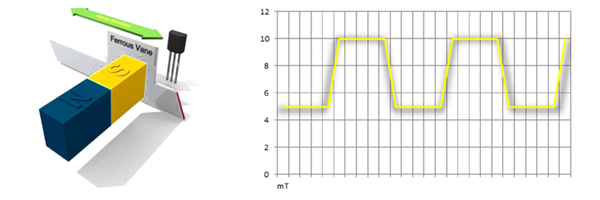
Vane interrupt applications
Back-biased applications
Several implementations are possible with this configuration. A first approach can be realized with more expensive zero Gauss magnets, creating a physical zero field zone where the sensor’s sensitive spot is placed. This will allow the use of preprogrammed ICs.
A second approach can be realized by the use of a traditional magnet that is sensitive to the lateral field component. This has been made possible with the Melexis IMC technology. Thanks to this approach a normal magnet can be used; it is still robust over temperature as the lateral field component is close to zero. A simple programming after mounting on the magnet is advisable in this configuration to ensure smooth operation.
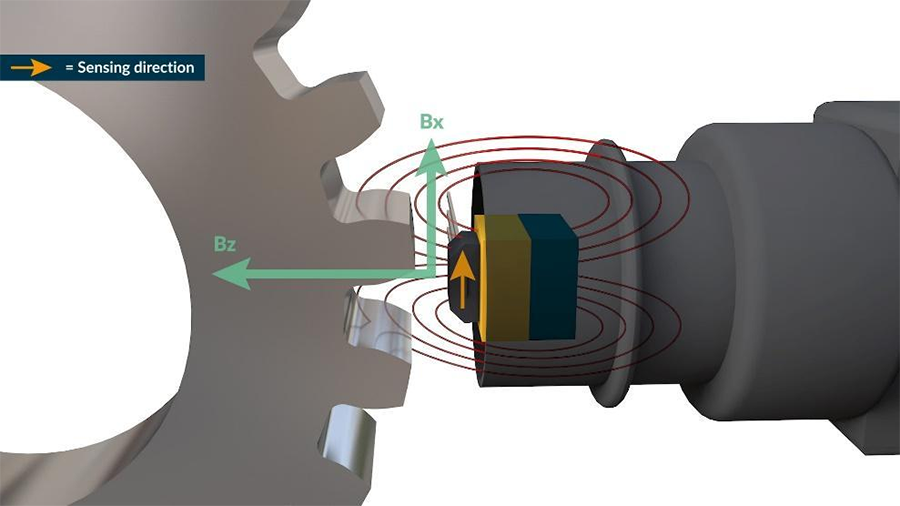
The plot below represents the magnetic components Bx and Bz for a normal magnet configuration. Bz (the green line) shows a significant offset in the application (100 mT) which makes it extremely challenging for good operation over temperature as the impact is significant when the temperature changes. Usually for these applications a dynamic compensation sensor is used, although this leads to a higher Bill of Materials cost.
The magnetic field that is visible in the lateral component (Bx) is symmetrical around 0 mT which allows superior temperature behavior, resulting in a more stable design. With this approach (going through 0 mT) a static switch sensor can be used to control the desired duty cycle. Programmability after mounting is key to increase the accuracy. A small hysteresis of +/- 1 mT is advisable in this configuration.
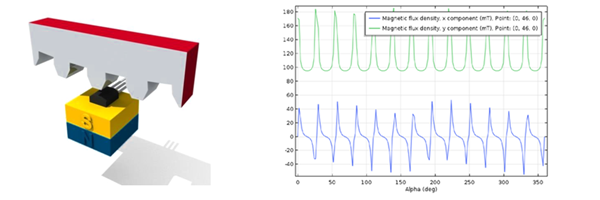
Back bias applications
Floating switch
Together with a stripe of floating switches, a magnet can be used to sense the level of a liquid. Floating switch ICs can also directly replace mechanical reed switches.
The Melexis portfolio of Latch & Switch ICs
Melexis offers a wide variety of Latch & Switch ICs to support numerous applications:
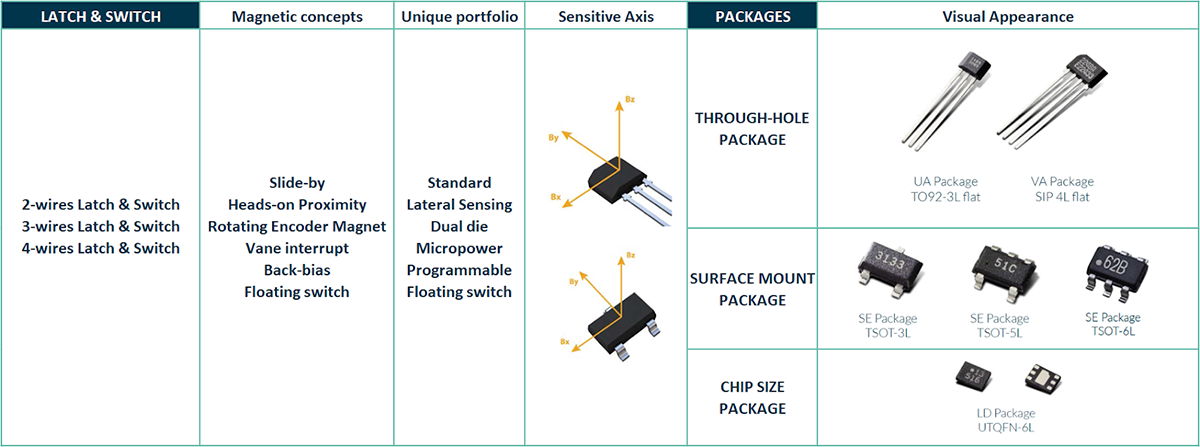
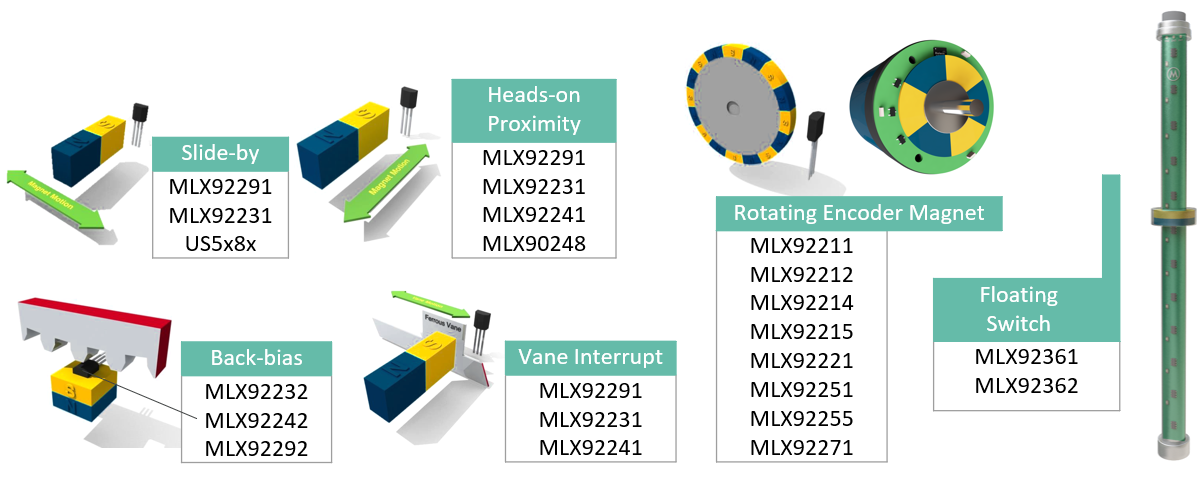
Magnetic concept overview
Applications
![]()
Melexis technologies and innovations support a broad range of applications in different sectors. In this overview, by clicking on a specific application and then on the “Latch & Switch” icon you will be able to see the ICs that are used in that application.
Support
- The Melexis team offers full support to help you innovate.
- Melexis offers programmable and factory programmed solutions.
- Comprehensive tools are available for programming for development and production purposes.
- Other support and guidance is available on IC handling and assembly.
Discover more via the dedicated product pages.
Conclusion
Latch & Switch ICs are becoming increasingly popular because they can be used in diverse applications across a variety of industries to sense position, distance, speed or directional movement. Moreover, they offer low maintenance, robust design, non-contact wear-free operation, and are immune to water, dust and vibration. At Melexis, we design, develop and manufacture high-quality Latch & Switch ICs. To learn more about our portfolio and where they can provide benefits for your specific application, contact us today.

